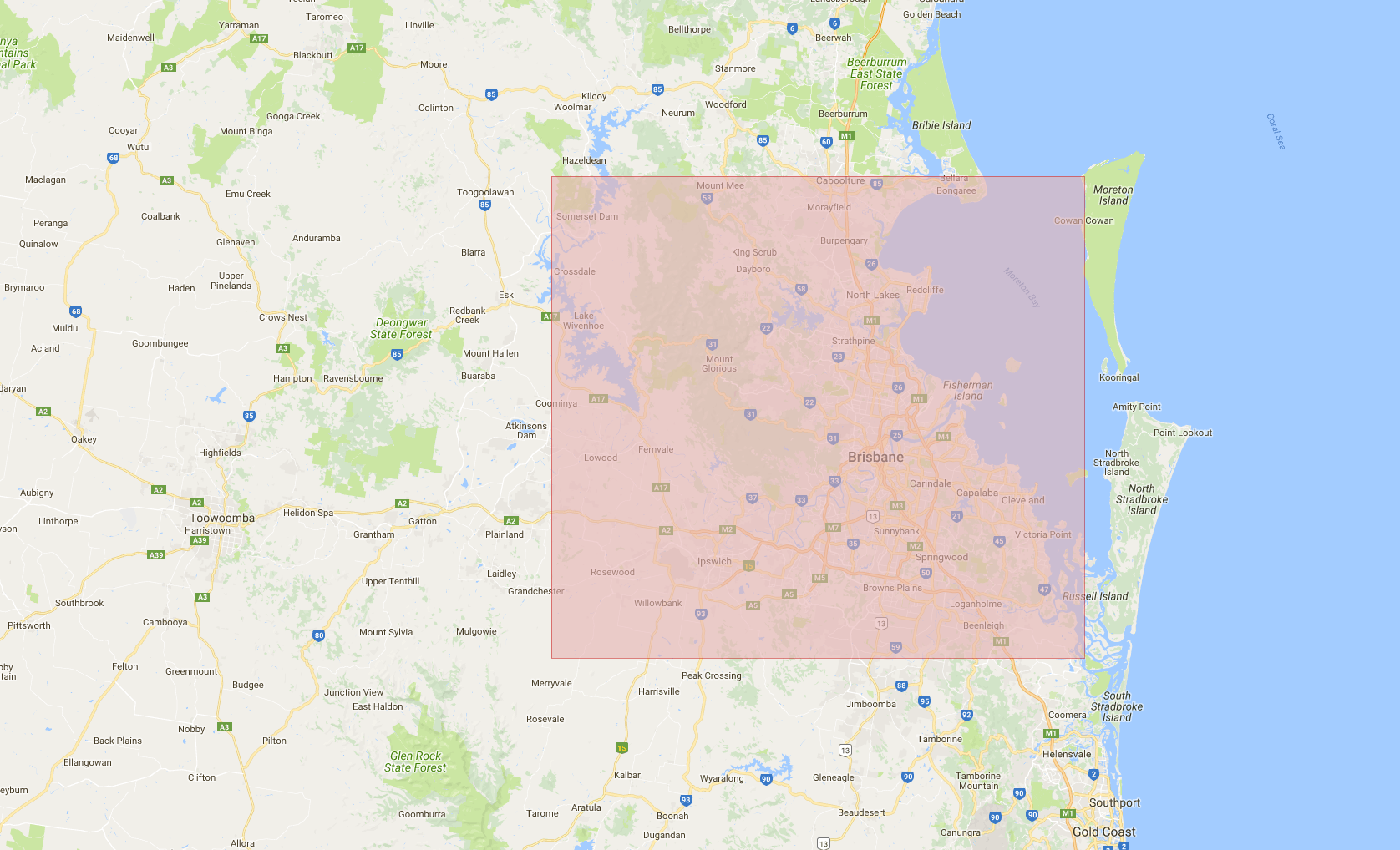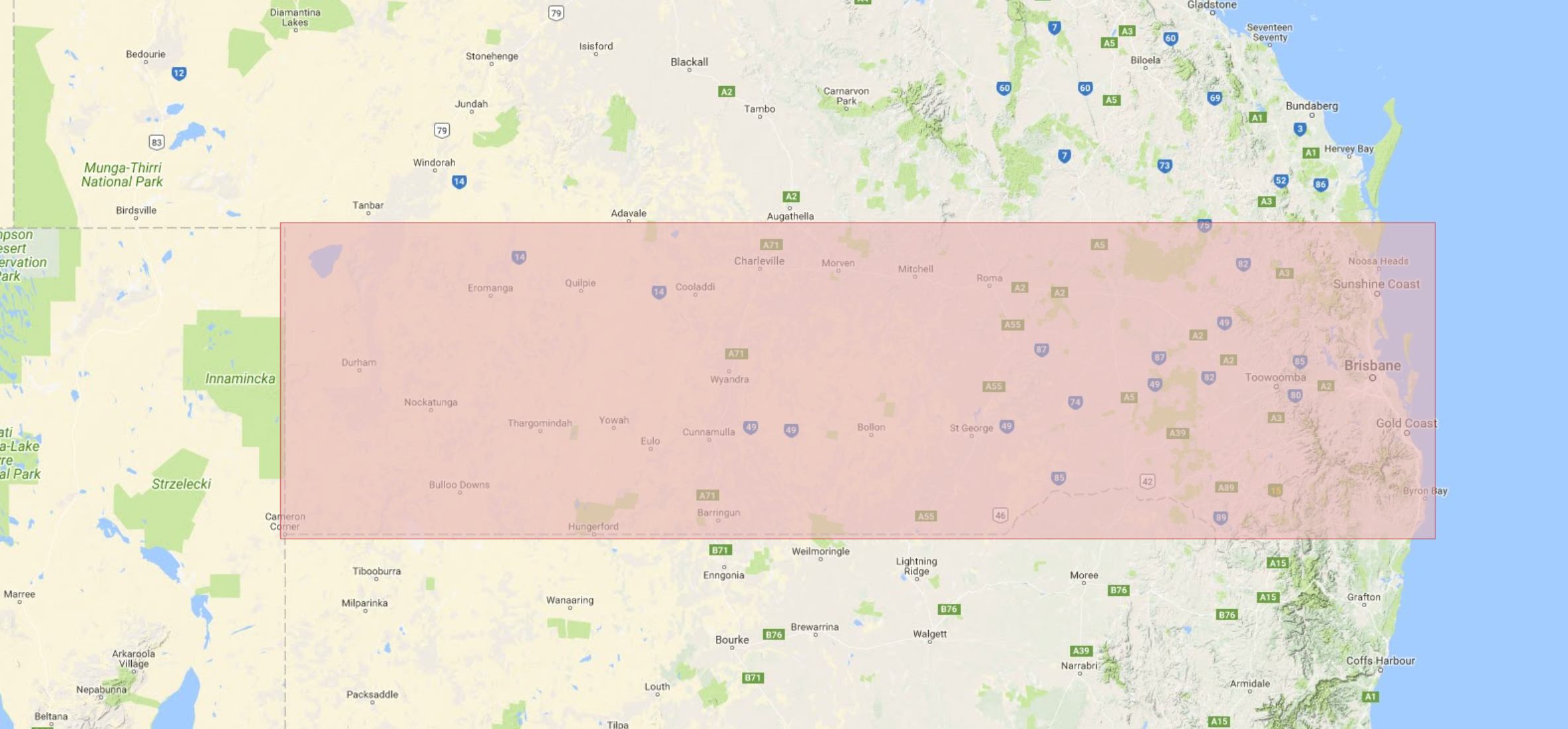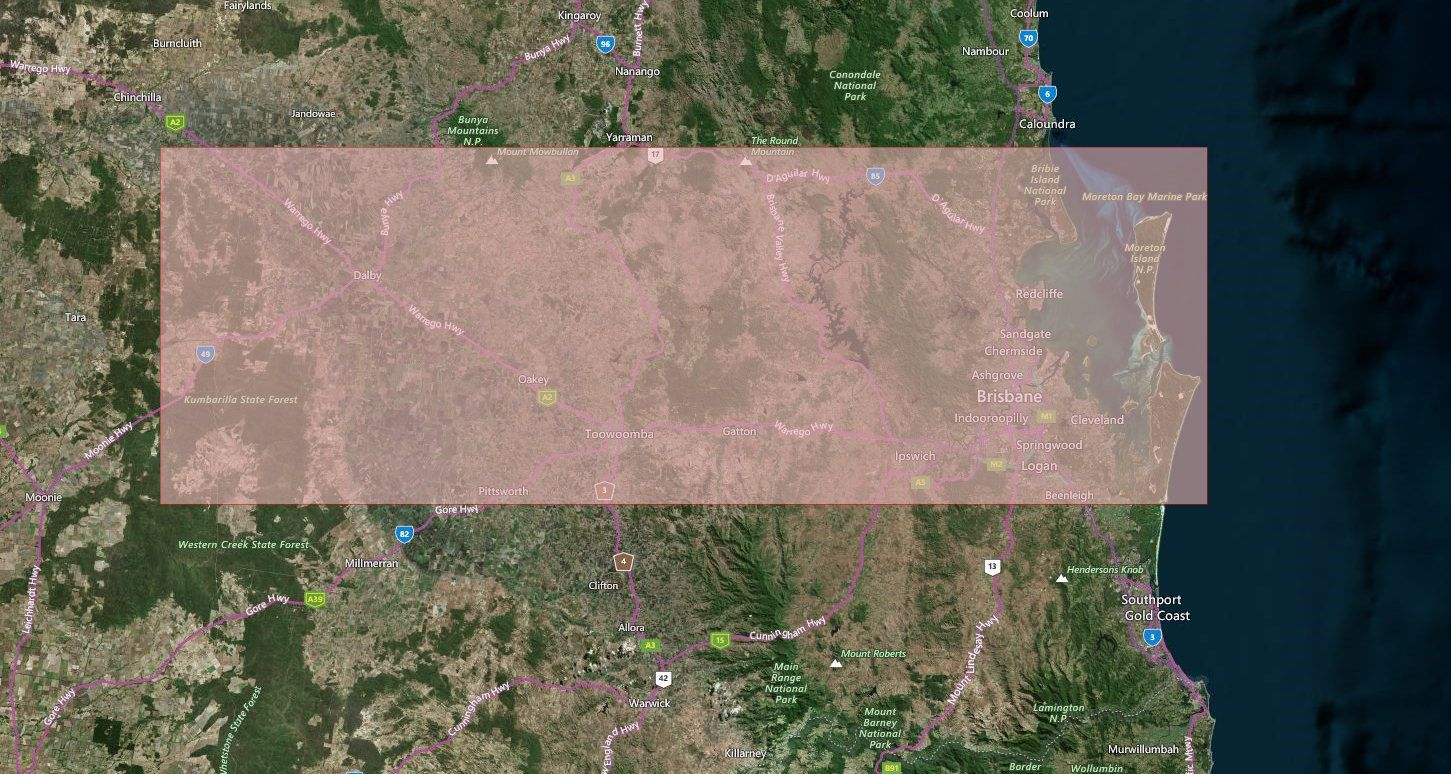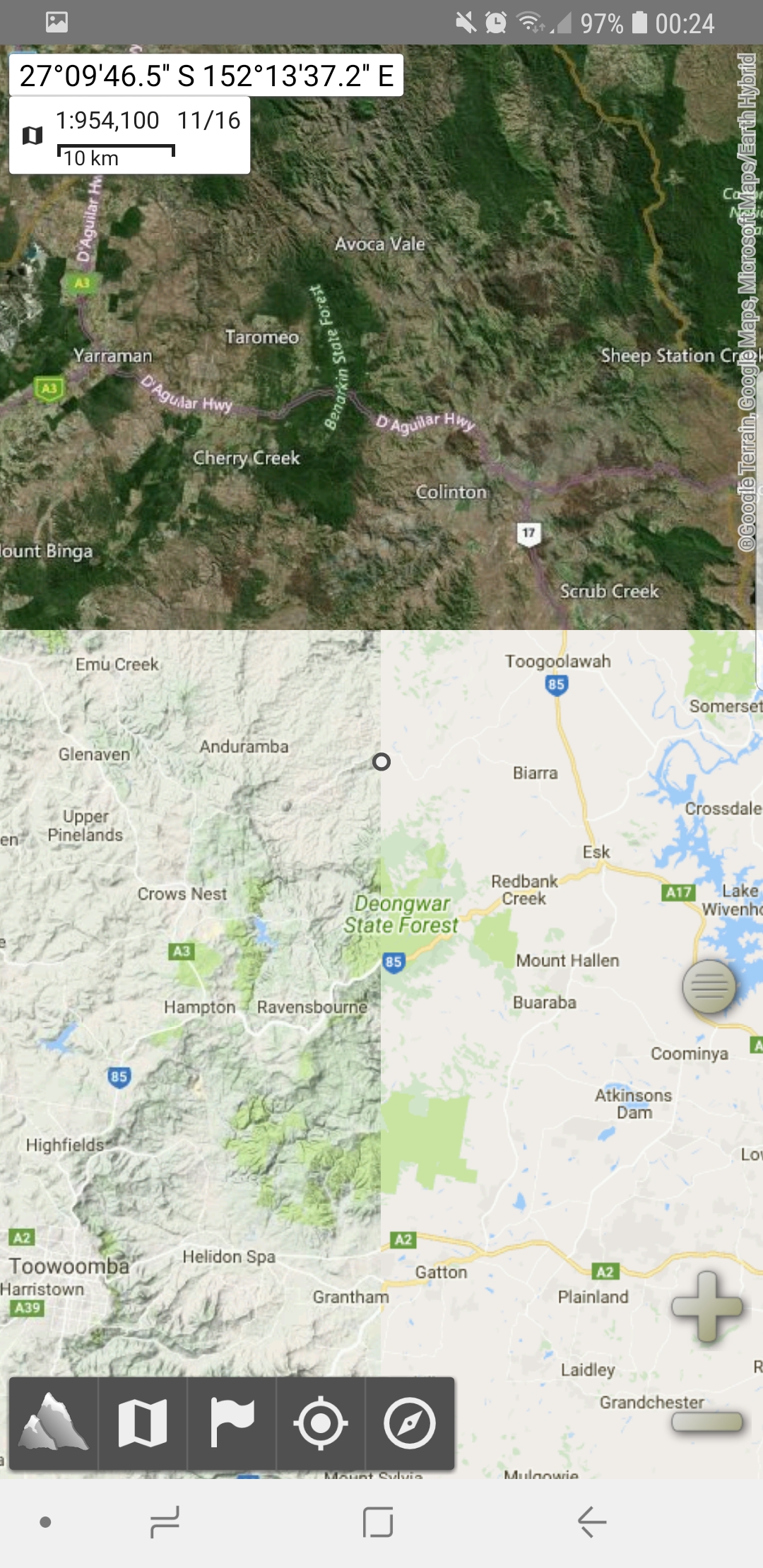Tent protection is an important consideration when choosing one to bug-out with, assuming you don’t have a BOL. It has to stand up against incline weather, prying eyes, and animals as well as provide protection from those pesky critters that come out after dark – mosquito’s I’m looking at you.
Recently I’ve gone through the tough task of choosing a bug-out tent factoring in every possible risk in my area. The categories below are my most important to the least important features I’m looking for in a tent. You can’t have a “Perfect” tent so you need to prioritize the features you need the most first above others that are nice to have. I ended up buying a Darche Superdome swag after going through what criteria I wanted in a Bug Out tent. Even though it’s not a classic “tent” it still qualifies as a suitable shelter from threats and a comfy bed. Although I should mention that during Bug-out I won’t take the mattress with me due to the sheer size and weight of it. Instead I will be using my inflatable Klymit Static V Recon mattress.
Tent Protection Features
Waterproof
Probably my most vital feature is waterproofing as you absolutely don’t want wet clothes in the winter months. Make sure it doesn’t leak when you get it and have a contingency plan if you happen to poke holes in it such as tent patches. Waterproofing doesn’t only include protection from rain but from the water run-off that you may encounter if you incorrectly selected your camping site. My tent has a bucket base up to 3 inches high to provide a very high level of protection from ground water.
Insect Proof
Flies, mosquitoes and other nuisance insects are extremely prevalent in Australia which is why I opted for a netting on sections where there’s no walls. Zip it up at night and they won’t be able to get in, but you’ll also be able to see out to observe the environment for threats.
Size
If you’re camping in the woods you want to be hidden from view which makes a lower profile tent very useful in this regard. Generally the bigger the tent the more likely that something happens to it such as falling branches. Anything below 70cm is perfect for stealth camping. Tents between 70-100cm are going to be much more obvious unless you’re surrounded by high grass. Over 100cm is definitely not recommended as it’s likely to be easily spotted from a human’s height perspective.
Colour
Even though colour doesn’t directly affect the protection the tent provides, the less it’s seen, the less likely that humans or animals will intentionally damage it. My primary concern was being spotted by other humans so I wanted a green, brown or camo colour theme to blend in with the surroundings. It doesn’t snow here in Australia so I didn’t factor in a white cover sheet or anything to put over it in winter months. There is a portion of orange writing on the sides which is almost the exact spectrum opposite colour to green so I will be painting over that to diffuse it a bit.
Material
The second most important consideration for me as there’s many wild animals which can easily tear through the thin polyester of regular tents. Not to mention there could be debris falling from trees such as branches which can not only tear holes but injure you as well. Also it’s generally unwise to pitch under a tree. I went with a canvas tent and although it’s much heavier the durability will last almost forever and provide a lot more protection from anything that wants to get inside the tent. There’s also a degree of feeling safe and secure in a tent that will assist in giving you a good nights sleep.
Profile
Different profiles have different strengths and can withstand various weather events such as strong wind. There’s many different types of shelters from tents to bivvy bags and swags. Choosing one should be based on your ideal space for movement and how concealed you want to be. Even tents have multiple different profiles from dome to teepee. I went with a swag as a medium between a tent and bivvy. I needed something I could fit my backpack into as well to prevent it getting wet.
Breathable
Breathability is lower in my list of requirements as, again, Australia doesn’t get too cold and thus it won’t gather much condensation overnight. To combat heat I will pitch in shade and keep the top and side flaps open when necessary.
Features
I like the ability of having two entrances to my swag, one in the top and one in the front for multiple ways to get in and out in case something prevents me getting out one of the sides. The top way would be the fastest as you just have to unzip the fly screen and then pull off the canvas. The front entrance could also be used for proning and looking out with a gun or crossbow with while maintaining comfort and stealth. It also allows you to relatively sneakily get out of the tent if there’s an obstacle such as long grass just outside the entry.
Weight / Size
A weighty tent provides a nice solid foundation and assists it keeping it put if water or wind tries to push it away. I love the level of comfort and security that comes from a thick and weighty tent, knowing there’s a sturdy wall between me and the outside world – most of which wants to harm me. Weight is also the least of my concerns as I’ll have a bug out bike or car to transport it. If for some reason I MUST bug out on foot I’ll probably have a Snugpak Stratosphere/Ionosphere for a lightweight alternative even though it will sacrifice my security heavily.
Price
I lied, price was actually my lowest consideration. I didn’t care how much I spent as long as I had the features I wanted. Coincidentally one reason I bought a Darche swag is that it was on special around the time I was working out what type of shelter I wanted, as well as having all the features I wanted.
While deciding what sort of shelter you want, take a look at this list of plausible risks that could affect it or you in the wild. I’ve detailed what I can think of below to get your mind on the right track.
Tent Damage Risks
• Falling Branches – These can tear holes in lightweight tents such as polyester with ease, especially dangerous in windy conditions.
• Ground Rocks / Sticks – Can puncture your floor (and your mattress) if the floor isn’t thick enough to withstand these hazards.
• Water / Flooding – Water can rot a canvas tent and seep through any cracks in the roof or floor and provide an uncomfortable nights sleep.
• Strong Wind – Can blow your tent over if not properly secured to the ground. Some shapes shed it easier then others.
• Animals – They sure like to sniff around your campsite when you’ve gone to bed and try to eat any remaining scraps. Some of them have sharp claws and could slice through the walls if they try to climb on top.
• Insects – Mosquito and fly protection is important to keep your sanity during the nights. You don’t want to be slapping your face every 10 seconds because one got into your tent and you can hear it somewhere.
• Sharp Objects – You are just as likely to damage the tent yourself if the walls aren’t thick enough by forgetting you have keys, knives or pins in your pocket.
• Time – Just as strong as any other force of nature, and due to the fact that everything degrades over time it leaves it more open to becoming damaged.
So that’s it. Overall this post was a merge between tent protection and choosing a tent but it seemed like it worked anyway. If you’re looking at a Bug Out shelter jot down your requirements and what you need most. Also write down the critical features you need and don’t settle for one without them. My criticals were Green/Camo colour, mosquito mesh and Canvas material. Everything else I could live without in some way or another.
If you would like to see my review of the Darche Superdome, check it out. Darche Superdome Review









